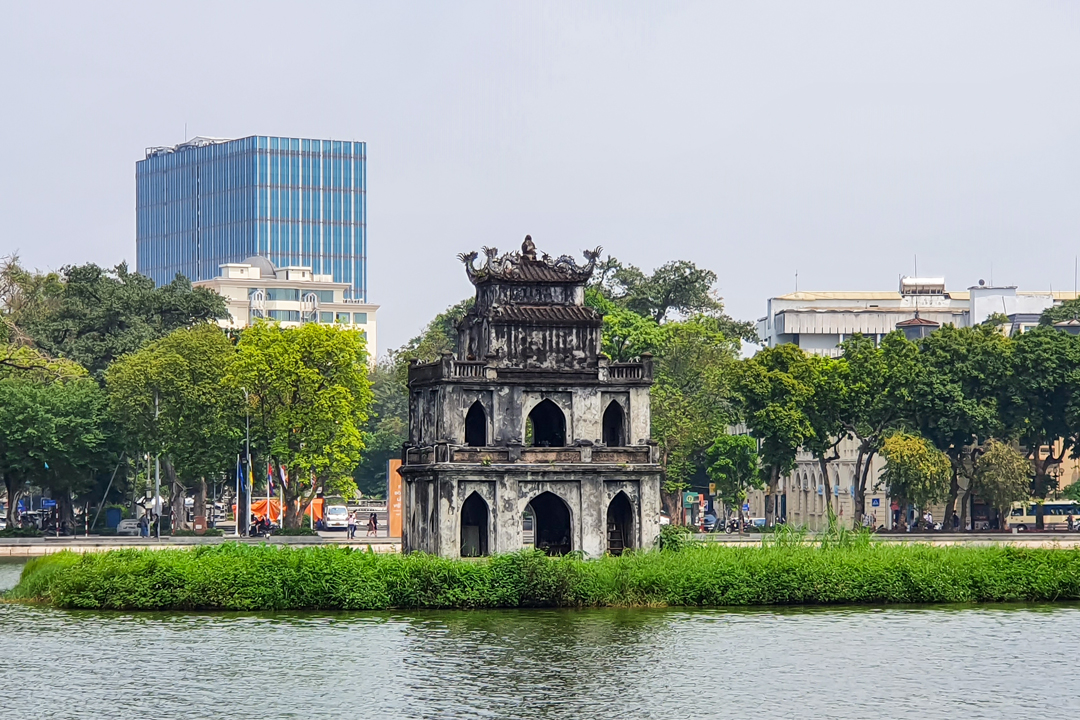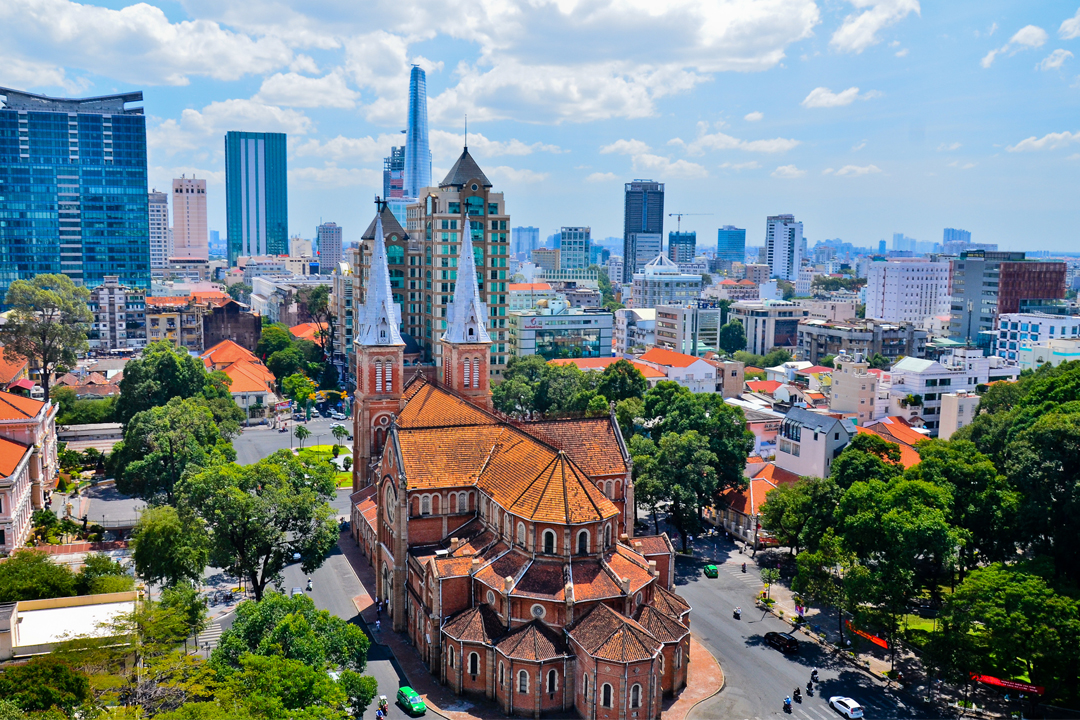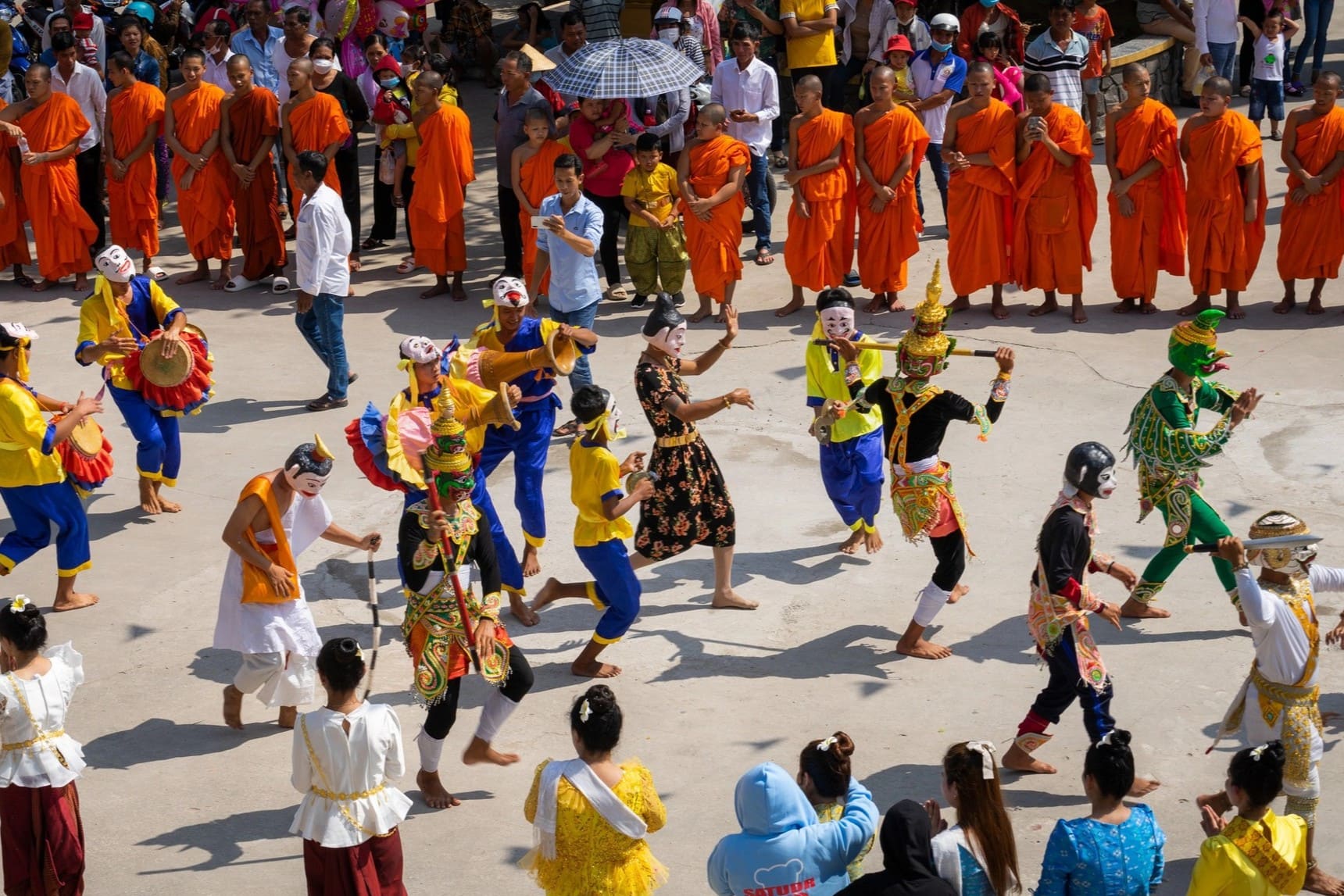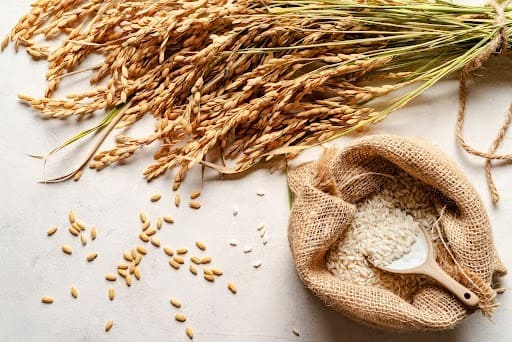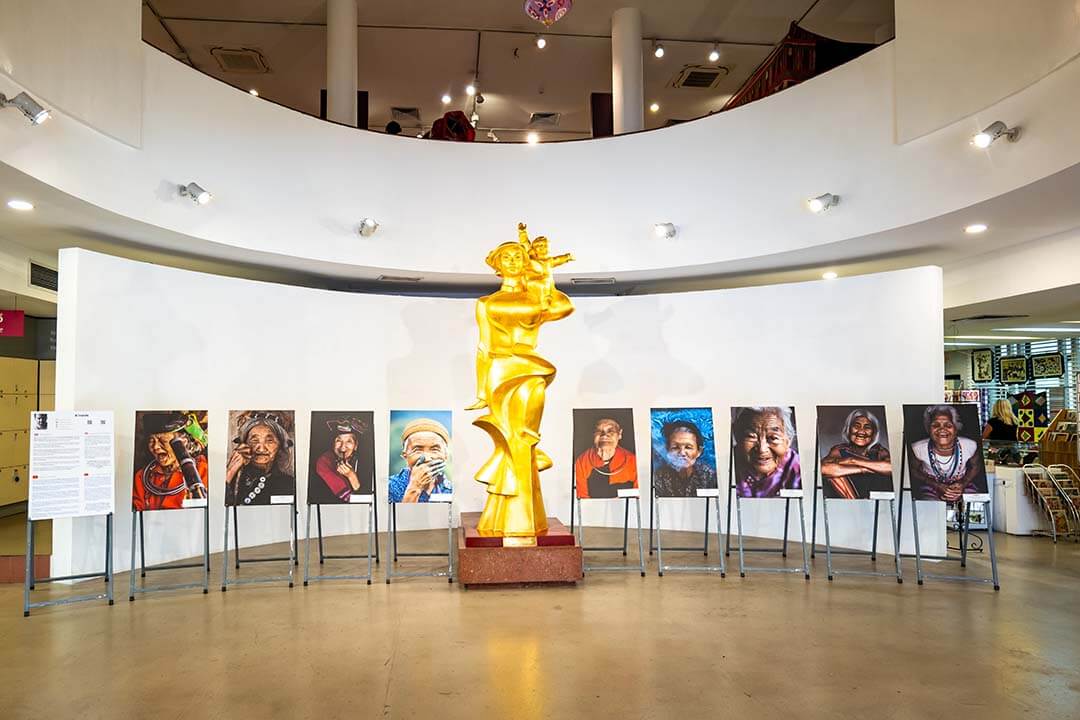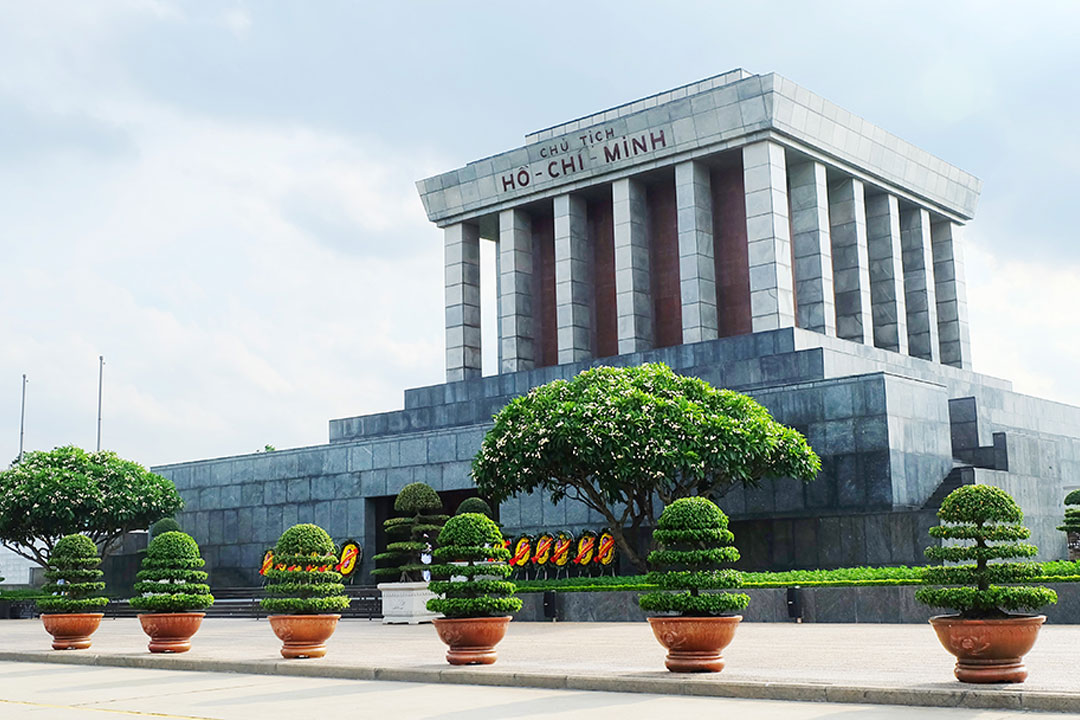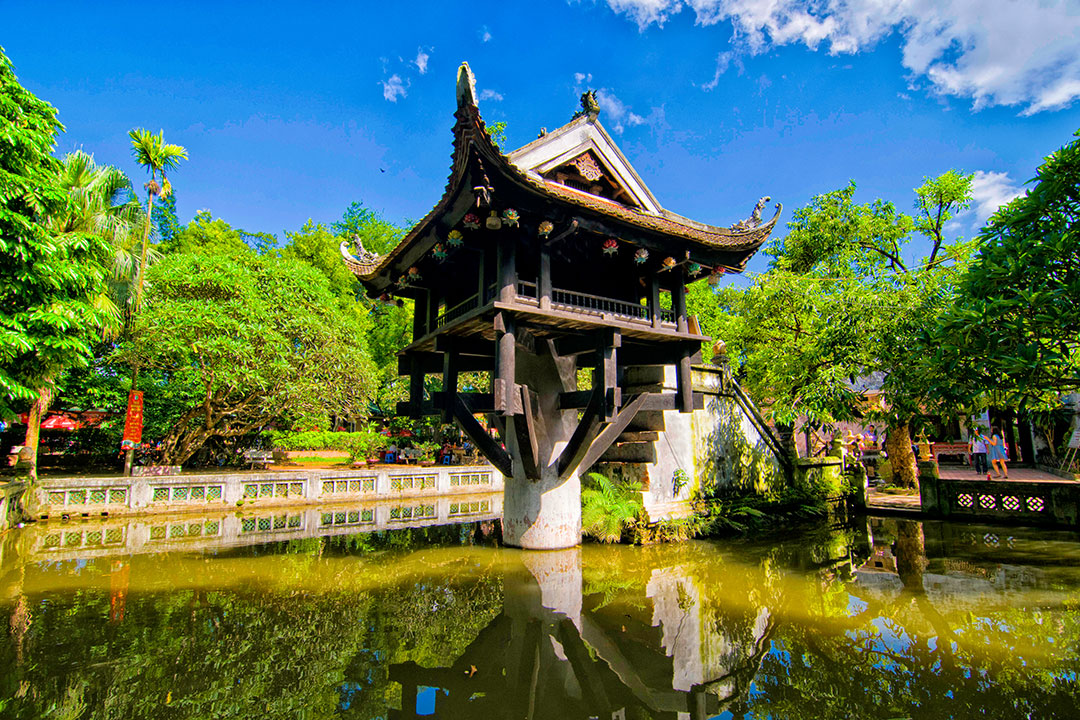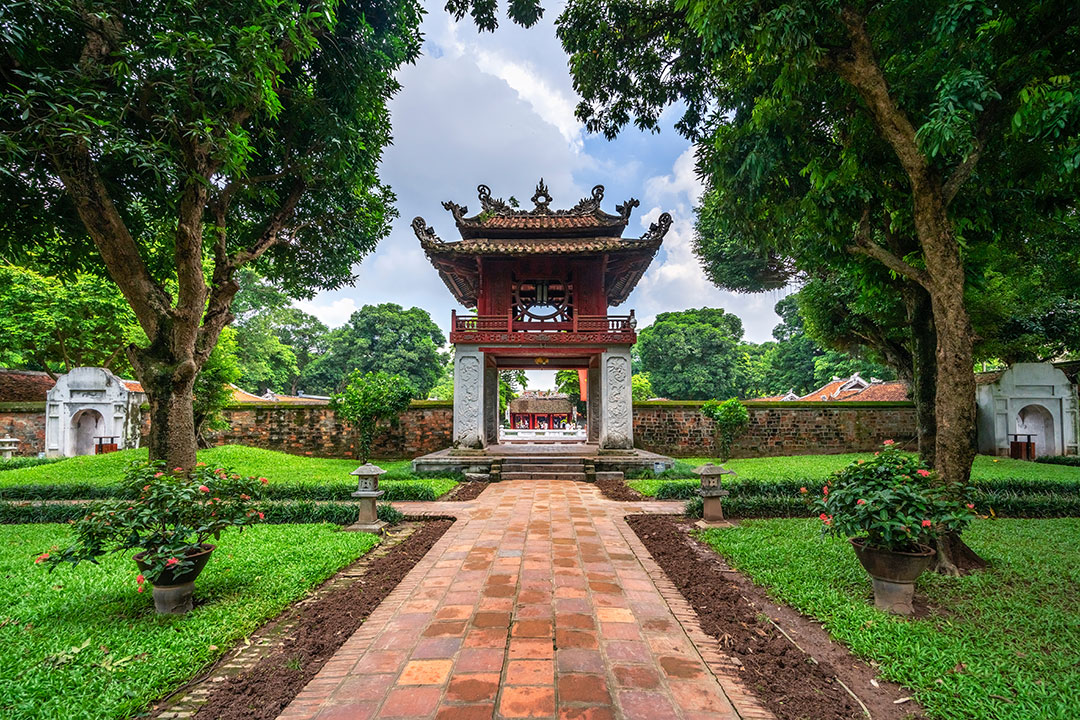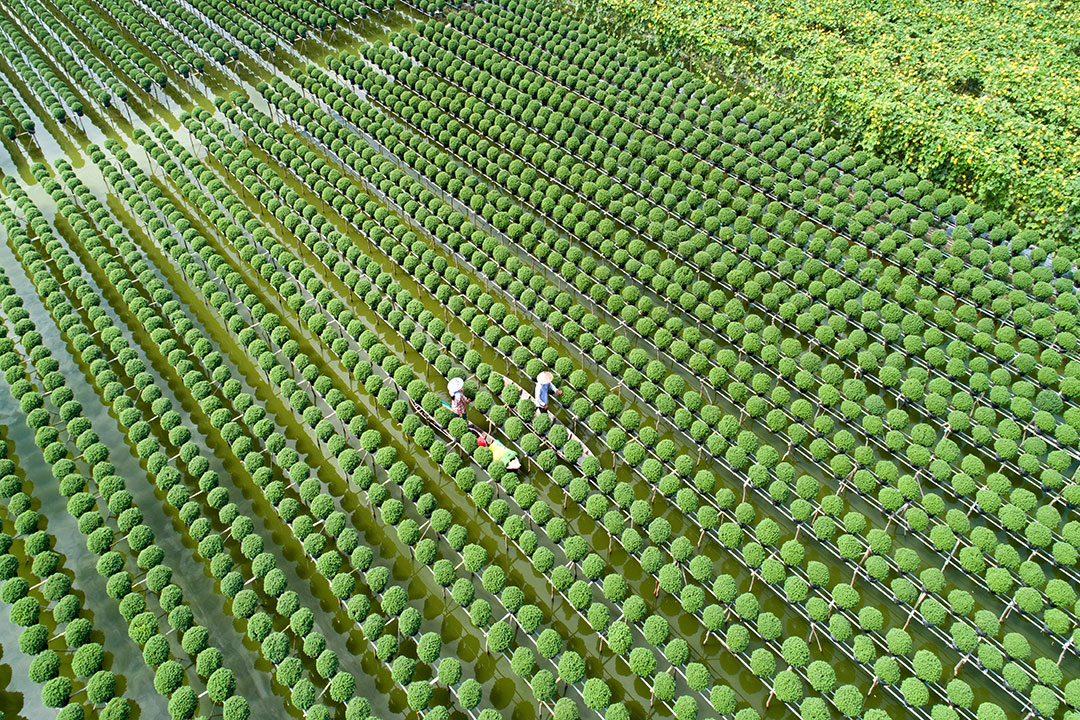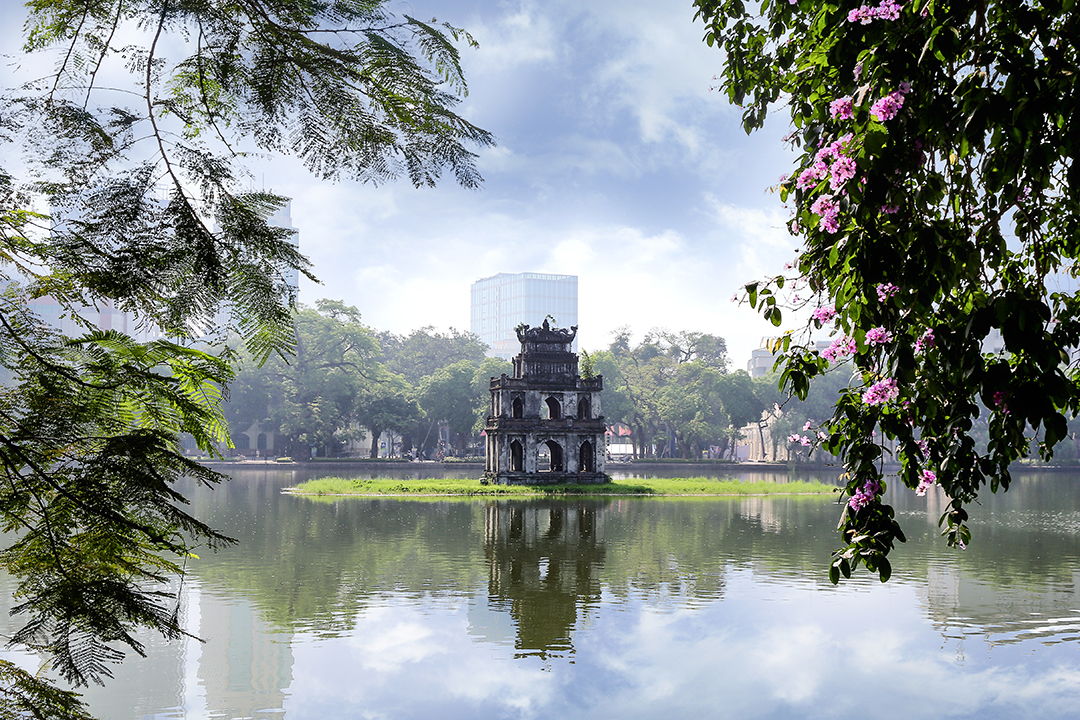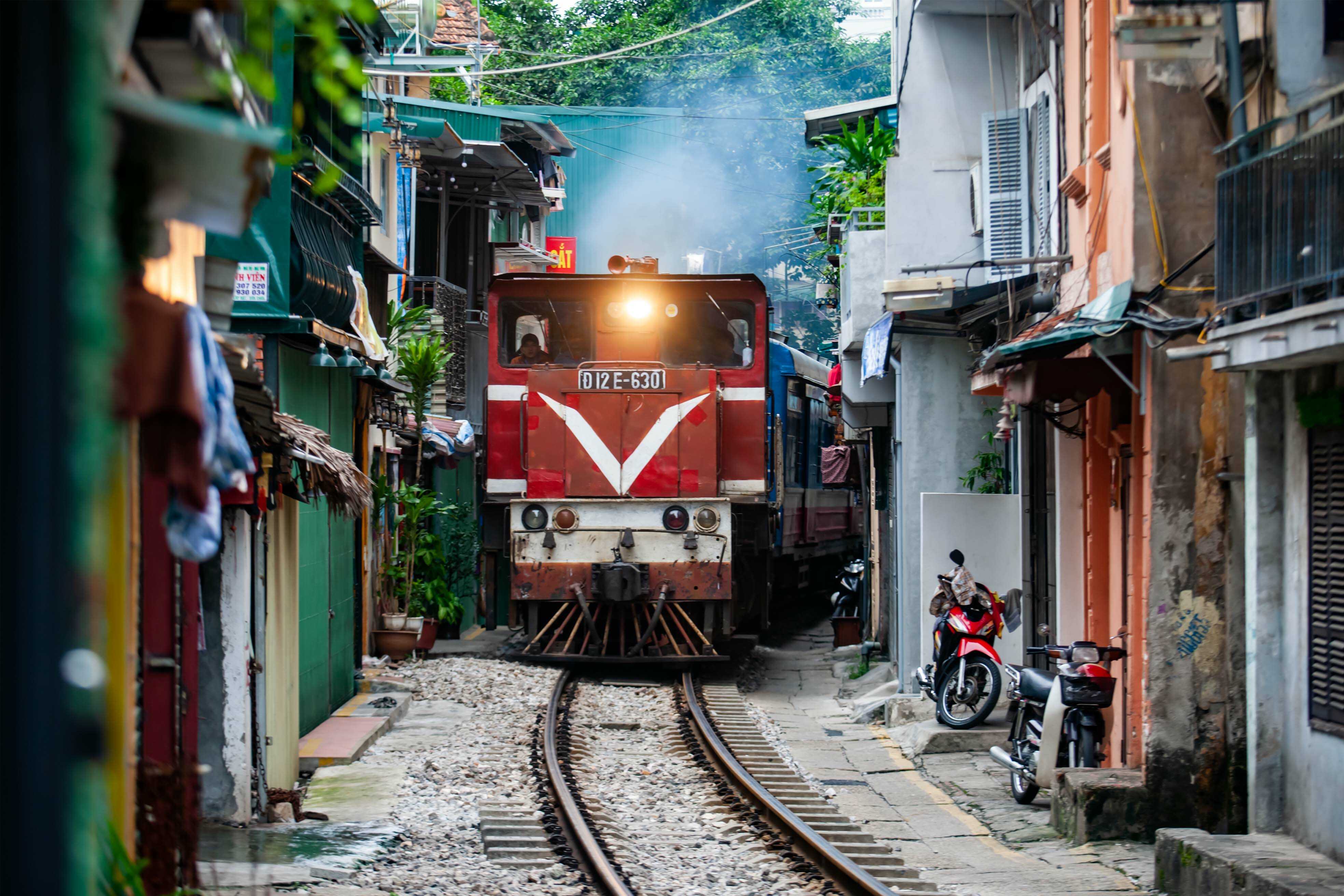Vietnamese Women's Museum: History, Architecture, Collections, Things To Do & Travel Guide
The Vietnamese Women's Museum in Hanoi isn't just a museum, it's a vibrant tapestry of Vietnam's rich history, culture, and the transformative role of women. More than a stop on a travel itinerary, this museum offers rare insight into the heart of Vietnamese society. Highlighting women's roles from wartime contributions to cultural and family life, each exhibit offers a compelling glimpse into stories often left untold.
If you're a history enthusiast or simply curious about diverse cultural narratives, understanding the impact and evolution of women's roles can change how you view Vietnam. GTrip invites you to delve deeper into what makes this attraction so compelling, an exploration set moments still resonating today.
Explore the Vietnamese Women's Museum: Location, opening hours, and ticket prices
- Address: 36 Ly Thuong Kiet Street, Cua Nam Ward (36 Ly Thuong Kiet Street, Tran Hung Dao Ward, Hoan Kiem District, Hanoi)
- Opening hours: 8:00 AM - 5:00 PM, open daily (including weekends & public holidays)
Nestled in Hanoi’s cultural core, the Vietnamese Women's Museum is located just a 10-minute walk from the iconic Hoan Kiem Lake. It makes an easily accessible stop for both local and international visitors. More than just a historical institution, the museum offers a rich, immersive journey into the lives of Vietnamese women across generations. Through thoughtfully curated exhibits, you can explore the diverse roles women have played in the country’s history. Their contributions in wartime, daily life, traditions, and family roles.
The museum spans five floors and strikes a balance between contemporary architecture and subtle traditional Vietnamese motifs. Its striking entrance, adorned with symbolic imagery of women throughout different historical periods, draws attention and sets the tone for the experience inside. Situated along Ly Thuong Kiet Street, the museum is surrounded by an energetic urban landscape. It is dotted with government buildings, boutique hotels, local eateries, and coffee shops, making it perfect for rounding out your visit with a meal or a quiet break nearby.
Admission fees
(Prices are for reference and may be subject to change over time)
| Visitor category | Ticket price (VND) | Approximate USD |
|---|---|---|
| Adults | 40,000 | $1.60 - $2.00 |
| College students, Vietnam Women's Union members | 20,000 | $0.80 - $1.00 |
| Children & students under 16 | 10,000 | ~$0.50 |
| Audio guide (EN, FR, KR, JP) | 30,000 | ~$1.20 |
Tickets are available at the museum counter or via the official website: https://baotangphunu.org.vn
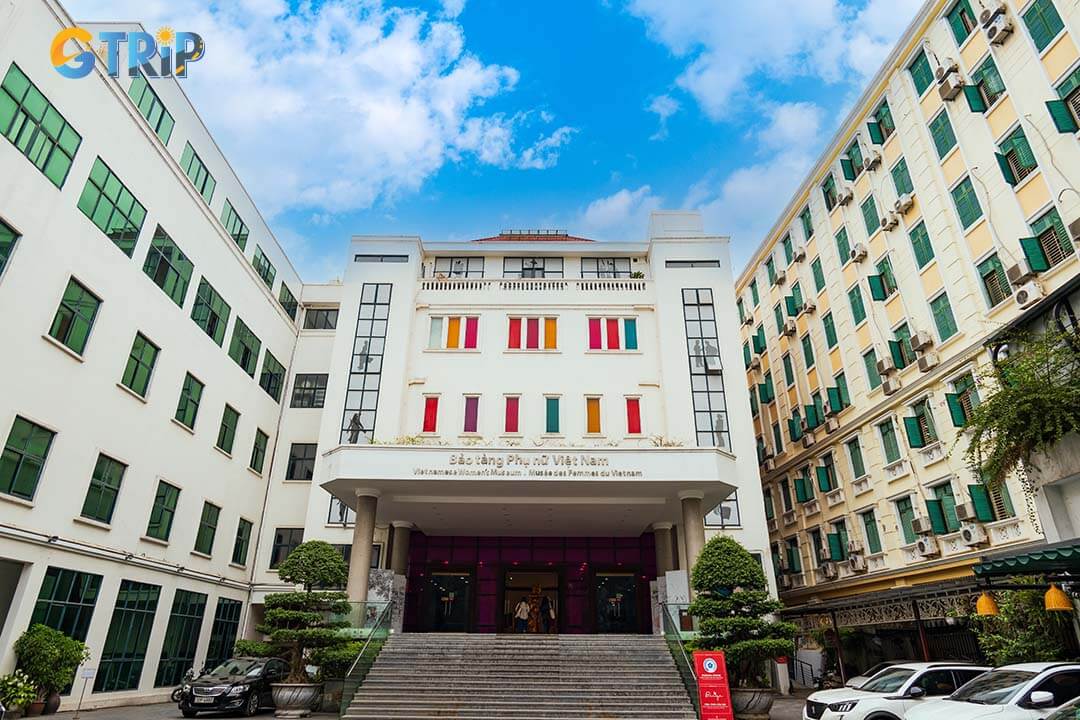
The Vietnamese Women's Museum offers an immersive journey into the diverse roles of Vietnamese women, with exhibits showcasing their contributions across history
The history of the Vietnamese Women's Museum
The Vietnamese Women's Museum was established in 1987 under the Vietnam Women's Union. It was founded by Nguyen Thi Dinh, former Vice President of the State Council of Vietnam and former President of the Vietnam Women's Union. The museum was created to preserve historical documents, artifacts, and memorabilia, aiming to educate future generations. It stands as a promise to the women of Vietnam from Nguyen Thi Dinh.
Construction of the museum began in 1991, and it officially opened its doors to the public in 1995. In late 2010, the museum underwent a renovation and re-opened with a new look. The updated displays now feature three permanent exhibition themes: Women in the Family, Women in History, and Women’s Fashion. It also includes a thematic exhibition on Worship of Mother Goddesses, with four sections: Mother, Soul, Beauty and Joy.
The museum has developed a collection of over 40,000 artifacts related to Vietnamese women. The museum organises specialised exhibits with innovative approaches, reflecting contemporary social changes, and addressing various audiences, particularly women and children.
The museum has been warmly embraced by both local and international visitors. It has been recognized on TripAdvisor as one of Hanoi’s most attractive destinations for several consecutive years and is ranked among the Top 25 most interesting museums in Asia. It also received the "Vietnamese Women of the Year 2015" award and was named "Top Tourism Attraction of Vietnam" for 2015-2016.
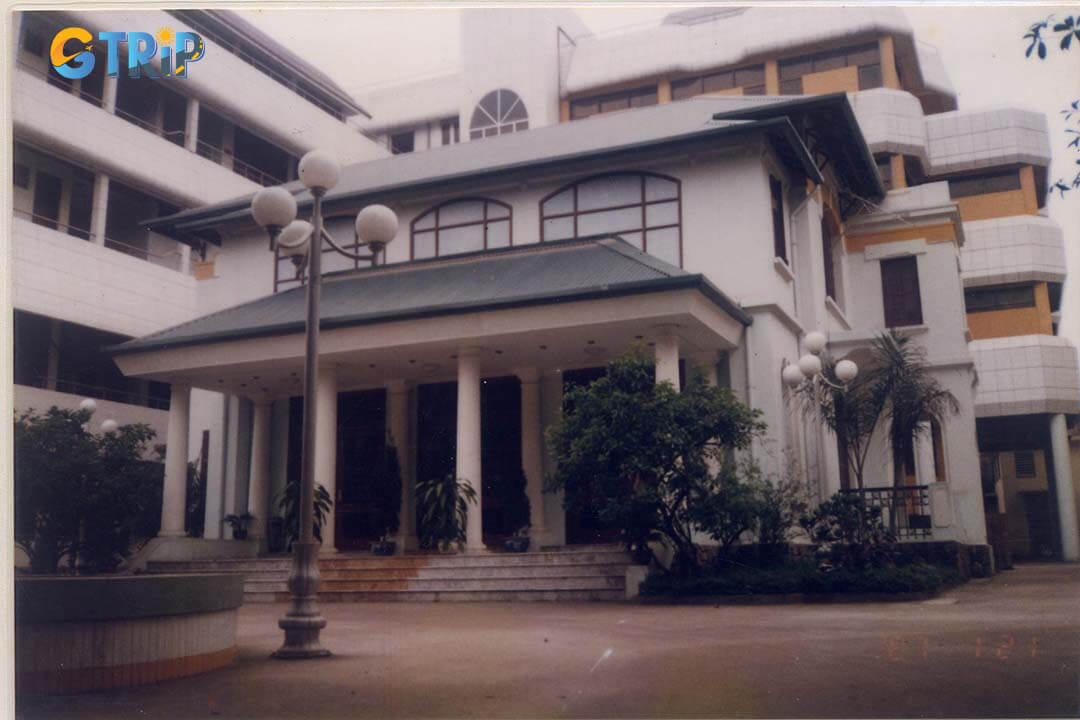
Vietnamese Women's Museum preserves the history and contributions of Vietnamese women, with a collection of over 40,000 artifacts
Discover the four unique floors of the Vietnam Women’s Museum
The Vietnam Women’s Museum is a unique cultural destination that preserves and honors the traditional, historical, and modern values of Vietnamese women. With four exhibition floors, the museum offers a rich journey into the roles, lives, sacrifices, and cultural heritage of women across history. Let’s explore each floor in detail to better understand the fascinating stories housed here.
Floor 1: Welcoming space and unique souvenir shop
From the moment you step into the Vietnam Women’s Museum, you will feel the solemnity and warmth in the air. This atmosphere is embodied by the golden statue of the “Vietnamese Mother”, a sacred symbol of maternal love and women's enduring protection. The first floor is designed as an open, welcoming area with ticket counters, information desks, and a souvenir shop. Here, you can find many unique handicraft products such as silk, brocade fabrics, handbags, paintings, and souvenirs that deeply reflect the cultural identity of Vietnamese women. This space is for shopping and allows you to appreciate the delicacy and creativity of Vietnamese women through each product.

The Vietnam Women’s Museum welcomes visitors with the golden “Vietnamese Mother” statue and features a first-floor
Floor 2: The role and life of women in traditional families
The second floor focuses on the traditional role of women in Vietnamese families, where they are the keepers of the hearth, nurturing the home and preserving cultural values. Through artefacts, images, and documents, visitors learn about the different stages in a woman’s life: from being a daughter in her family to entering marriage and motherhood. Traditional ceremonies like weddings, childbirth, and Mother Goddess worship are vividly recreated, offering insight into unique customs and their spiritual meaning. Notably, the exhibition on Mother Goddess worship, an intangible cultural heritage recognized by UNESCO, stands out. It highlights the deep connection between spirituality and the lives of Vietnamese women.
Floor 3: The courageous image of Vietnamese women through history
The third floor honors the great contributions and heroic sacrifices of Vietnamese women during the wars against French colonialists and American imperialists. The exhibition is thoughtfully arranged with portraits of Heroic Vietnamese Mothers, propaganda posters, war artifacts, and touching stories of resilient women. These images depict bravery, perseverance and express an indomitable spirit, ready to sacrifice for the nation’s independence and freedom. Additionally, this floor presents the image of modern Vietnamese women, who play a vital role in the country’s development during the integration and renewal period.
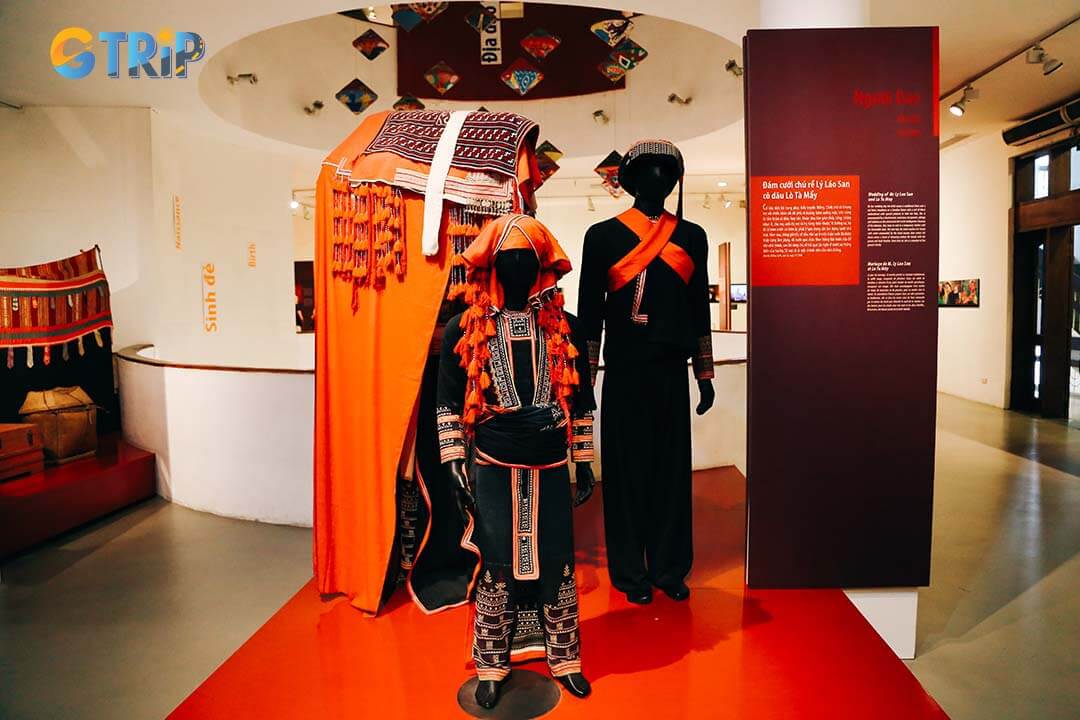
Floor 4: A diverse collection of traditional costumes from 54 ethnic groups in Vietnam
The fourth floor is a cultural highlight featuring a collection of traditional costumes from Vietnam’s 54 ethnic groups. Each costume is a product of exquisite craftsmanship and also contains stories, beliefs, and customs unique to each ethnic group. Here, you can observe the diversity in styles, colors, materials, and decorations. These range from the elegant ao dai of the Kinh people to the vibrant brocade costumes of the Thai, Muong, H’Mong, Dao, and other ethnic groups. Accessories like silver jewelry, traditional makeup, and hairstyles show how clothing reflects marital status, social position, and cultural identity. The exhibition space is arranged tastefully, creating a colorful and engaging cultural journey.
Experience guidance
Visiting the museum is an emotional and meaningful journey that helps you better understand the roles, images, and contributions of Vietnamese women throughout history. Each exhibition floor inspires with stories of strength, resilience, and cultural beauty. Take your time to explore each floor carefully to fully appreciate the spiritual and artistic values the museum offers. This will surely be a memorable and enriching cultural experience for all visitors who love Vietnamese history and culture.
How to get to the Vietnamese Women's Museum in Hanoi?
Located in the heart of Hanoi's Old Quarter, the Vietnamese Women's Museum is easily accessible via multiple transportation options. If you're nearby or traveling from other districts, here’s a quick guide to getting to this cultural spot, with transport options, costs, and tips.
By bus
Taking public buses is the most economical way to reach the Vietnamese Women's Museum while experiencing local transportation in Hanoi.
Several bus routes serve the area with stops within walking distance of the museum:
- Route 08a: Kim Ma - Long Bien
- Route 09b: Bo Ho - Cau Giay
- Route 31: Ben xe Giap Bat - Xuan Dinh
- Route 36: Yen Phu - Bat Trang
- Route 45: Long Bien - Bat Trang
- Route 49: Giap Bat - Nhon
The closest bus stop is about 300 meters from the museum. Look for stops near Hang Bai Street or Hai Ba Trung Street.
Cost:
- Single journey: 7,000 VND (approximately $0.30)
- Day pass: 30,000 VND (approximately $1.25)
You should remember to carry small denominations of Vietnamese dong, as most drivers won’t have change for large bills. This will help avoid payment issues and ensure a smoother ride.

Public buses offer an affordable way to reach the museum, with several routes passing nearby, such as Route 08a, 09b, 31, 36, 45, and 49
By taxi or ride-hailing services
Taxis and ride-hailing services offer convenience and comfort, especially during Hanoi's hot summers or rainy season.
Traditional taxis:
- Reliable companies include Mai Linh, Vinasun and G7
- Always ensure the meter is running to avoid overcharging
- From Hoan Kiem Lake area: 30,000-50,000 VND ($1.25-2.10)
- From West Lake area: 70,000-120,000 VND ($2.95-5.05)
- From Noi Bai Airport: 300,000-400,000 VND ($12.65-16.85)
Ride-hailing options:
- Grab, Be, and Xanh SM are popular and typically 10-20% cheaper than traditional taxis
- Apps show price estimates before booking
- Payment can be made in cash or by card (linked to the app)
By motorbike
Renting and riding a motorbike gives you ultimate flexibility to explore Hanoi at your own pace, though it requires confidence in navigating the city's bustling traffic. Always wear a helmet and follow local traffic rules to stay safe on the road.
Rental information:
- Daily rental rates: 100,000-150,000 VND ($4.20-6.30)
- Weekly rates: 600,000-900,000 VND ($25.30-37.95)
- Fuel cost: Approximately 20,000 VND ($0.85) per liter
Parking options:
- The museum has a dedicated parking area: 5,000-10,000 VND ($0.20-0.42)
- Nearby street parking with attendants: 5,000 VND ($0.20)
Always wear a helmet (required by law) and keep your rental receipt and passport copy with you. The museum is near Ly Thuong Kiet Street, which connects to many major roads in Hanoi.
Nearby attractions from the Vietnamese Women's Museum
The Vietnamese Women's Museum sits in a prime location surrounded by Hanoi's most iconic landmarks. You can easily combine their museum visit with exploration of the capital's historic and cultural highlights, all within comfortable walking distance. These nearby attractions offer a perfect complement to the museum experience, allowing you to immerse yourself in Hanoi's rich heritage and vibrant atmosphere.
Hoan Kiem Lake
Just a leisurely 10-minute stroll from the Vietnamese Women's Museum, Hoan Kiem Lake stands as the beating heart of Hanoi. This peaceful oasis amid the city's hustle offers a refreshing respite after your museum visit. The emerald waters of the lake hold deep cultural significance, with the legendary tale of Emperor Le Loi returning a magical sword to the Golden Turtle God.
At the northern end of the lake stands the iconic Ngoc Son Temple (Temple of the Jade Mountain), accessible via the vibrant red Huc Bridge. For the best experience, visit early morning to witness locals practising tai chi or late afternoon when the cooling breeze makes lakeside walks particularly pleasant.
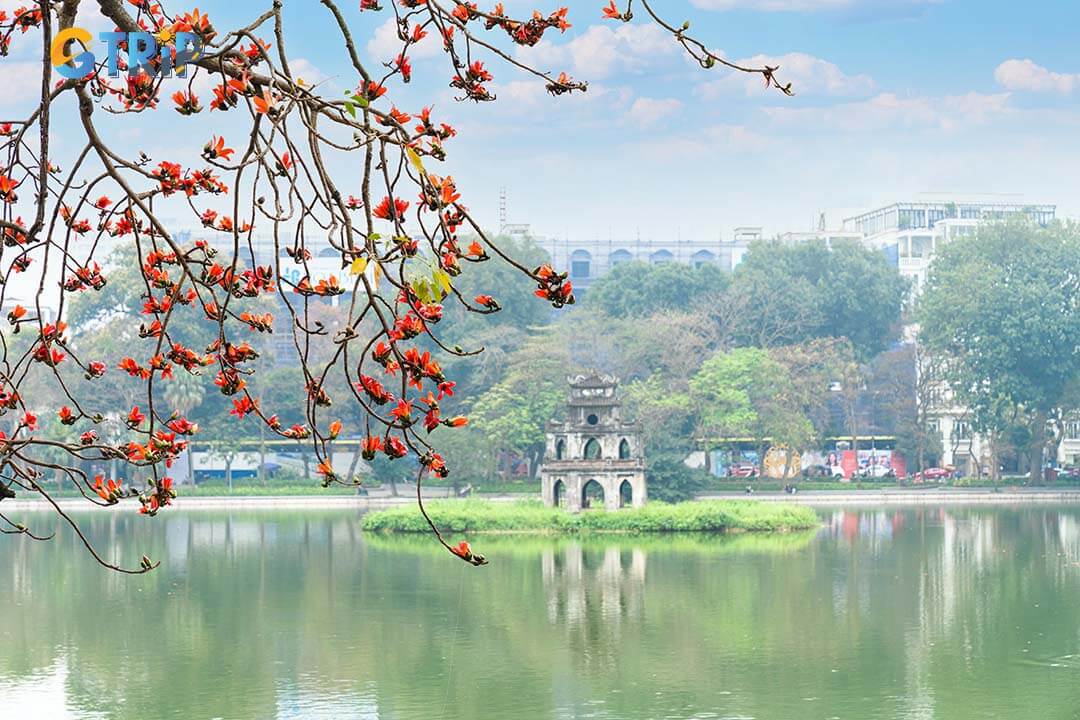
Hoan Kiem Lake offers a peaceful retreat with cultural significance, including the iconic Ngoc Son Temple
Hanoi Old Quarter
Just 1.4 kilometers from the museum, Hanoi's atmospheric Old Quarter represents the city's commercial heart for over 1,000 years. This labyrinth of 36 streets was traditionally organized by trade guilds, with each street named after the goods once sold there. Today, it remains an enchanting blend of ancient architecture, bustling commerce, and authentic Vietnamese culture.
Wandering through the narrow lanes reveals French colonial buildings alongside traditional tube houses. These houses are characteristically narrow but surprisingly deep, designed to minimize street frontage taxes during colonial times. The Old Quarter offers an unparalleled sensory experience: the aroma of street food, the sounds of motorbikes and vendors, and glimpses of everyday Hanoi life.
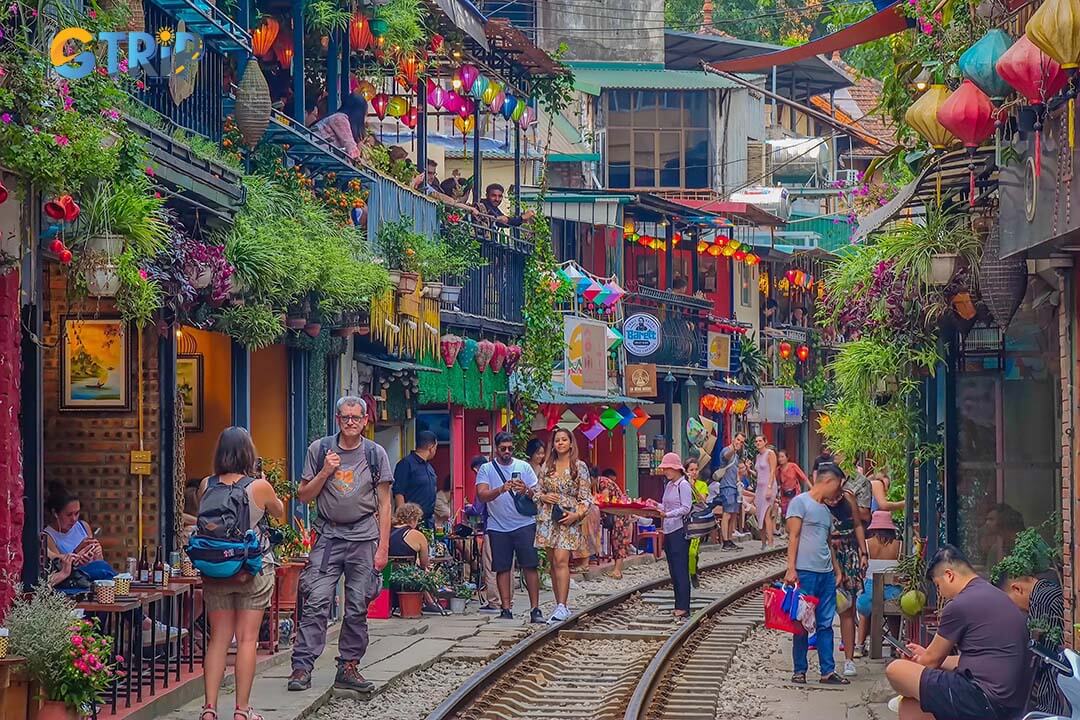
Hanoi's Old Quarter offers a captivating mix of ancient streets, French colonial architecture, and vibrant local life, where history and commerce intertwine
Hoa Lo Prison
Hoa Lo Prison is a sombre yet essential historical site. Originally built by French colonists in the late 19th century to house Vietnamese political prisoners. It later became known to American POWs as the "Hanoi Hilton" during the Vietnam War. Today, the preserved portion functions as a museum documenting its dark history.
The prison’s exhibits highlight two histories: Vietnamese revolutionaries under French rule and American pilots held during the war. The displays feature original cells, torture instruments, and personal artifacts. These items provide powerful insight into Vietnam's struggle for independence and the complex history of the Vietnam War.
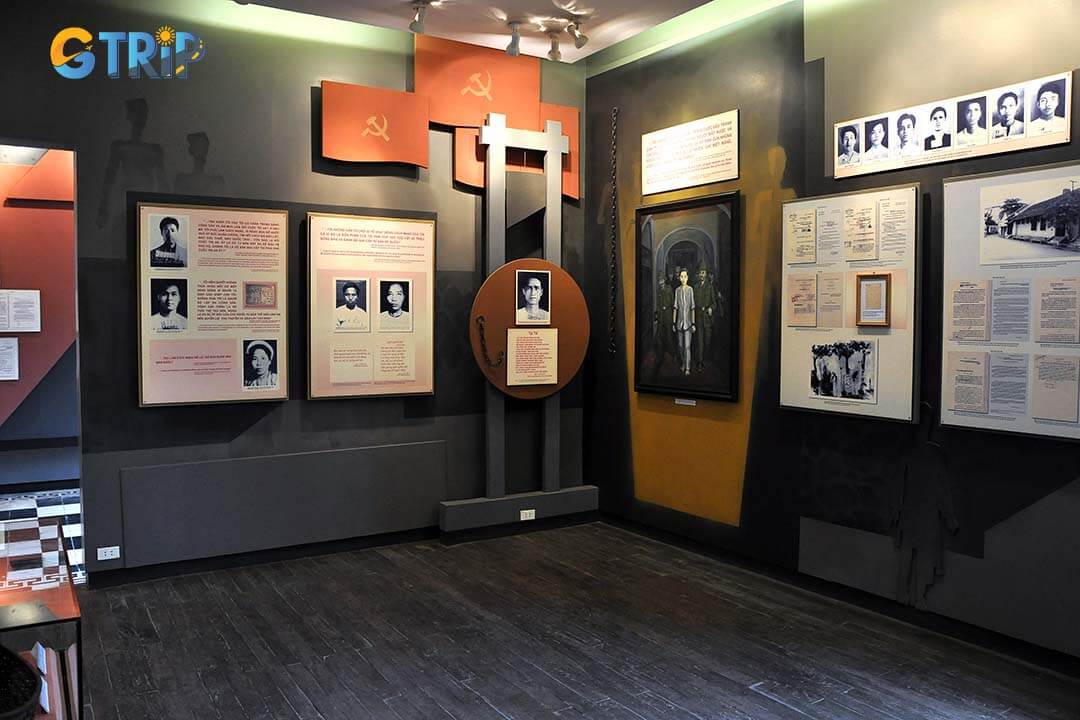
Hoa Lo Prison offers a powerful glimpse into Vietnam’s turbulent past, from colonial oppression to the Vietnam War, through vivid exhibitions and preserved relics
Hanoi Opera House
The magnificent Hanoi Opera House stands just 900 meters from the Vietnamese Women's Museum, offering a striking example of French colonial architecture. Completed in 1911 and modelled after the Palais Garnier in Paris, this grand building has withstood wars and political changes to remain a key cultural landmark in Hanoi.
You can admire the ornate facade with its neoclassical elements, decorative reliefs, and distinctive yellow walls that glow beautifully in the late afternoon light. Daily tours of the interior aren’t always available. However, attending a performance offers the perfect opportunity to experience the lavish interior, with its magnificent ceilings, sweeping staircase, and exceptional acoustics. The area surrounding the Opera House also features some of Hanoi's most upscale shopping and dining options. It makes an excellent place to end your day of cultural exploration after visiting the Vietnamese Women's Museum.

Hanoi Opera House impresses with its grand French colonial architecture and remains a premier venue for culture, history, and the arts in the capital
Exploring the Vietnamese Women's Museum through GTrip offers a unique perspective on the vital roles women have played in Vietnam's history. As you walk away from this enlightening experience, you're enriched with knowledge and inspired by the resilience and creativity of Vietnamese women across generations. This museum stands as a testament to their indomitable spirit and impacts visitors long after they leave its halls.
If you're planning a future visit or simply soaking in the insights, your journey here plants seeds of curiosity for further exploration into Vietnam's vibrant heritage. Remember that countless more stories are waiting to be uncovered, each one offering a new perspective on this fascinating country. Whatever your next steps might be, let this experience energize your path forward, because there's always more world to discover with GTrip.

